Reverse Racism: a Myth, a Lie, and an Excuse
Photo provided by Business Insider
A Black Lives Matter protester holds a sign in support of singer Beyonce during a rally outside the NFL Headquarters building in the Manhattan borough of New York, Feb. 16, 2016. Reuters/Carlo Allegri
Racism is not a topic that is easily discussed within America and our inability to host these vital discussions often leads to a number of misconceptions and blatantly incorrect concepts that can cause a significant amount of controversy. Allow me to set one thing straight: reverse racism does not exist.
When reading this, please keep in mind that racism is an incredibly deep-rooted issue in America that goes far beyond the simple definition that many of us are aware of, and my thoughts on it are barely skimming the tumultuous surface of this controversial topic.
Reverse racism seems to be a concept on the rise. Just the other day, I encountered someone who vehemently and passionately argued that reverse racism does in fact exist and white people are constantly victims of it. Thousands of white Americans are joining in on this argument. According to a study conducted by the Robert Wood Johnson Foundation and the Harvard T.H. Chan School of Public Health, 55% of white Americans surveyed said that they believe there is discrimination against white people in America.
However, in my opinion, the definition of racism has been skewed and changed by people who have never experienced it firsthand. Racism is often defined as prejudice, discrimination, or antagonism directed against someone of a different race based on the belief that one’s own race is superior. Though the last seven words are often thrown aside and forgotten.
Additionally, racism can be classified as a racial majority’s power to dominate a minority group politically, economically, and socially, but this portion of the definition tends to be excluded from ones scattered throughout the internet.
If a minority group in America lacks power politically, socially, and economically–since these groups are still considered to subordinate to the white race–how could they possibly exhibit racist behavior? Not to mention, minorities are constantly bombarded with various outlets that portray white people as the more powerful race with traits and qualities that are more graceful, fairer, and preferred to the physical features of minority groups.
This results in many children being raised with the belief that fair skin, blue eyes, and blonde hair are desired traits, and minority groups are subordinate – the undesirables of America.
For example, a study called the Doll Test was conducted by two licensed psychologists in 1947, and young children of all different ethnicities were given four baby dolls, identical except for their skin color. The results were clear: the children preferred the white doll and associated it with positive adjectives and beliefs. A similar study was done again in 2010 which received the same results. Young, impressionable minds surrounded by pictures, advertisements, political figures, etc. that are not nearly as diverse as they should be ultimately leads to this mindset.
I, myself, have fallen victim to the belief that my Filipino features are not nearly as beautiful as the physical features of a white person. I continue to grapple with this and I am joined by millions of other teens and adults in minority groups that have been brainwashed by America’s societal structure.
The pasts of minority groups in America are filled with bloodshed, colonization, slavery, and oppression. Those who believe in reverse racism seem to have forgotten this suffering. It feels as though they have chosen to turn a blind eye to minorities’ agonizing pasts and instead have chosen to play the part of a victim. The reality is that minorities have been enslaved and shoved far down on the social pyramid for a significant part of American history, which is why the term racism rose to prominence. Do not forget that.
I do acknowledge that some minority groups hold prejudices against the white race, but this does not amount to racism. Common prejudices formulated about white people come from their extremely biased behaviors that seem to be reoccurring themes. An example being, white police brutality may lead to the belief that all white people will react in a violent manner to a person of color’s harmless behavior. Most prejudices are formed through a paranoia based on observations and experiences.
I know that being half-Filipino I have never experienced racism nearly as harshly as others have, but I am no stranger to unchecked white privilege and white supremacy. Countless times, I have had white friends and acquaintances try to dictate what race I am. They have pointed to my skin and told me that I am white, nothing more.
What seems like a small gesture is so much more because those people believed that they had the right to decide who I am. Whether subconsciously or not, they thought that they held power over me, enough to control me and to make my decisions for me. It’s moments like those that force me to realize just how deeply racism, discrimination, and white privilege run through our society’s veins. It’s moments like those that make me realize how much I hunger for change.
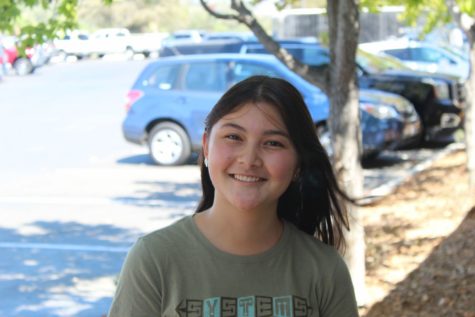
Hello, my name is Marcella and I am a senior here at Cam High. As this year's Editor in Chief of the Stinger, I'd like to welcome you to our site. I'm...








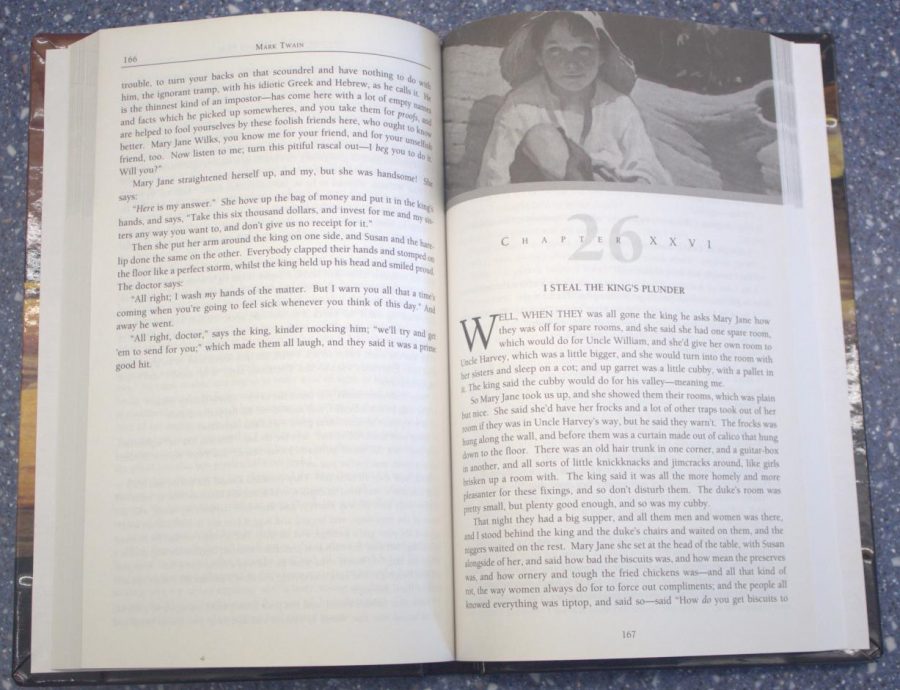







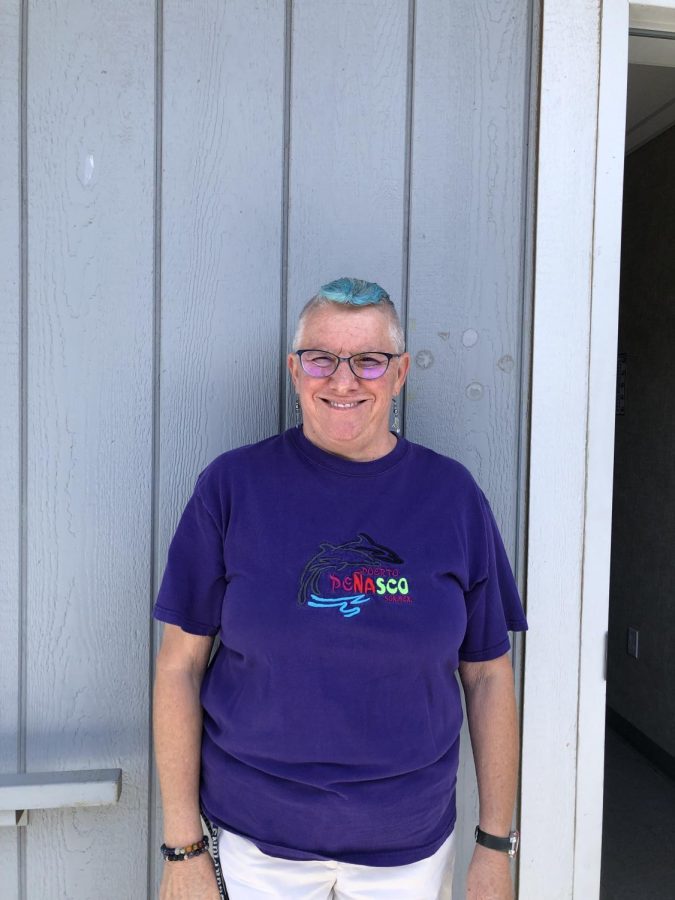


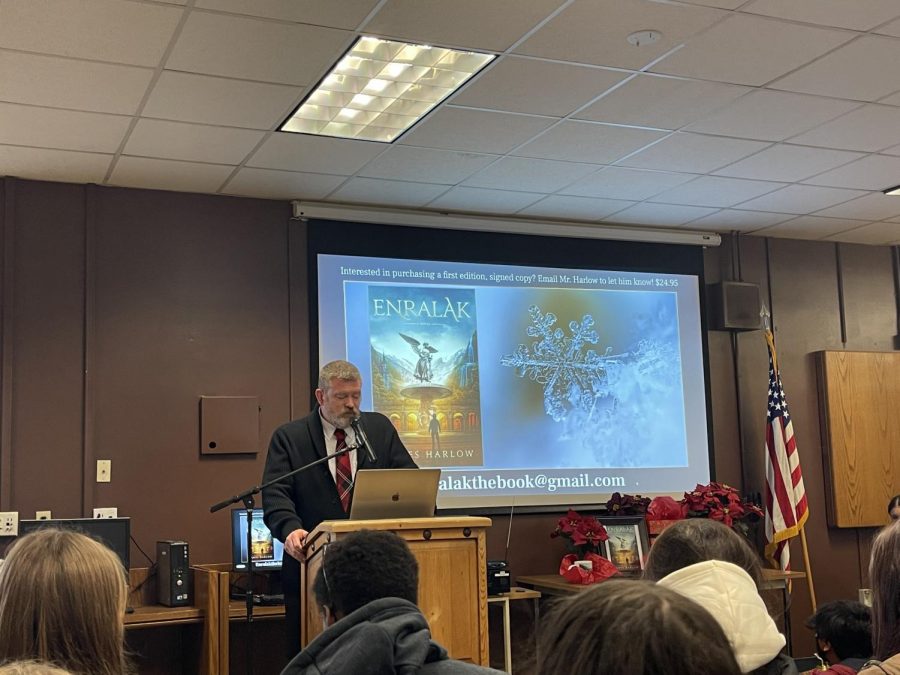
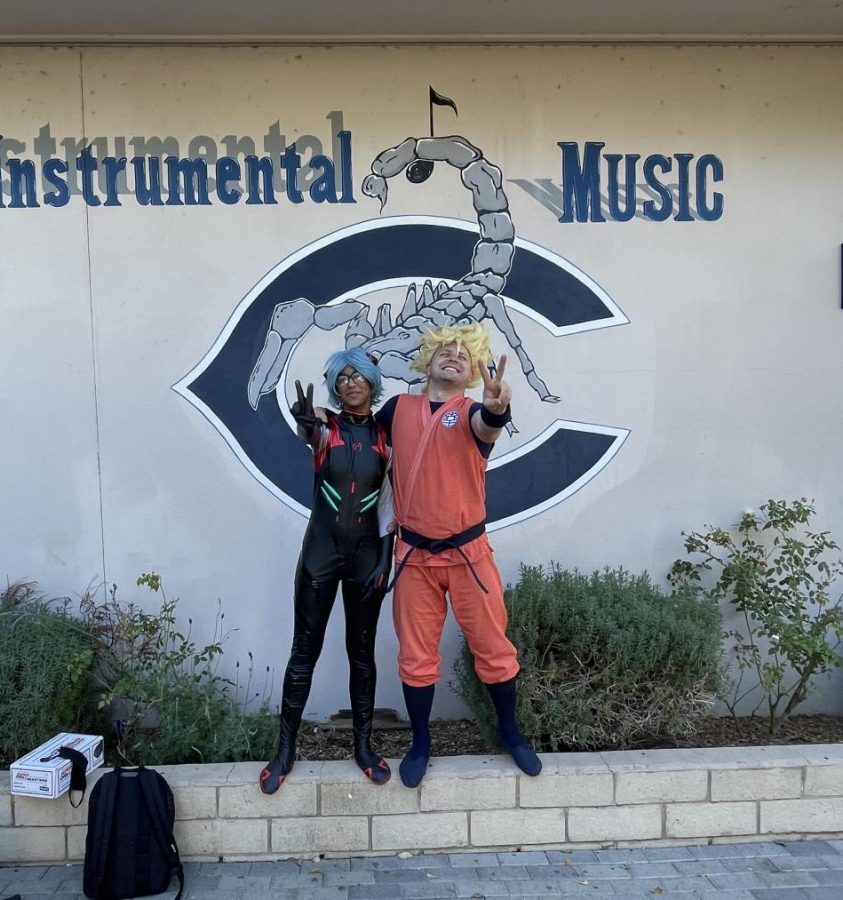
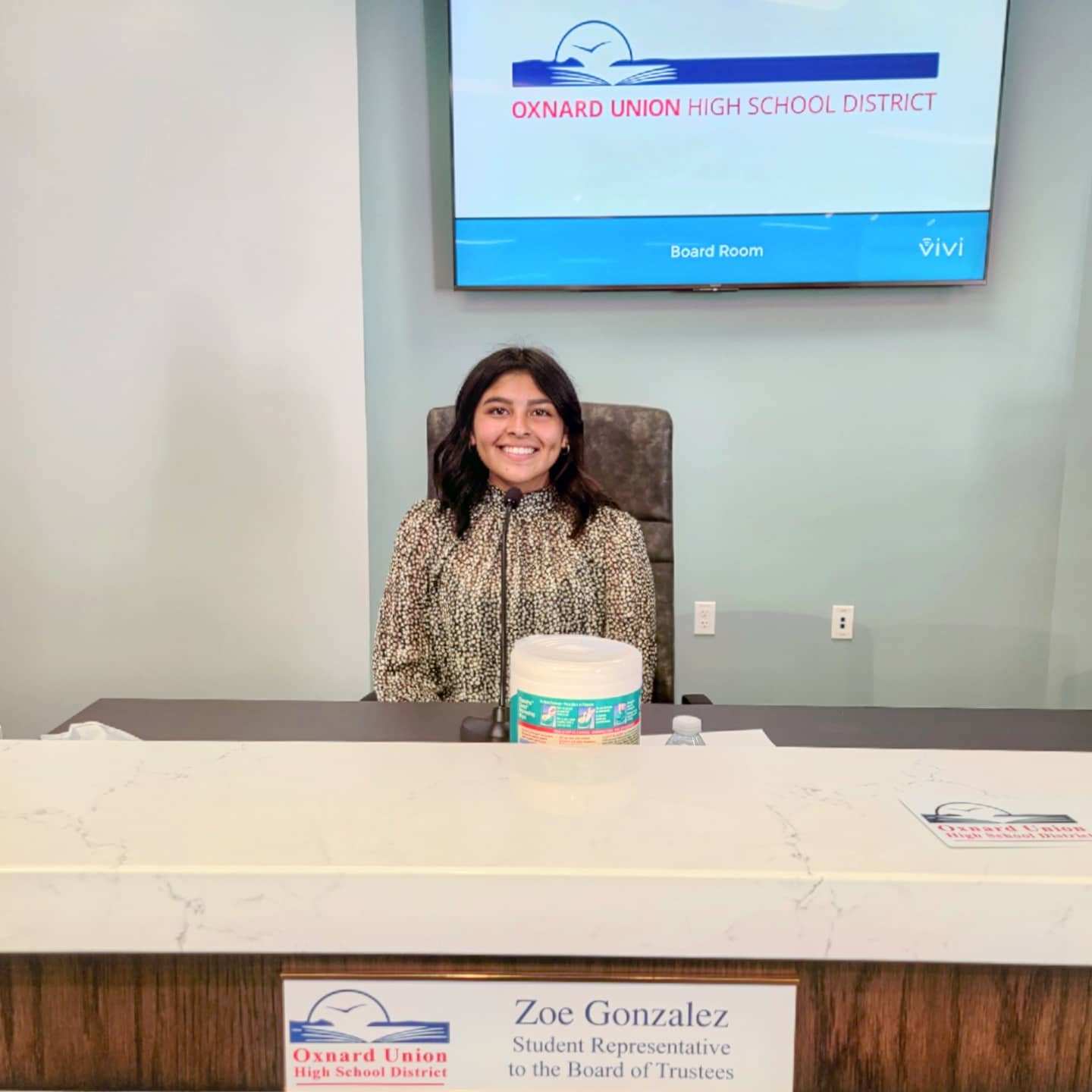


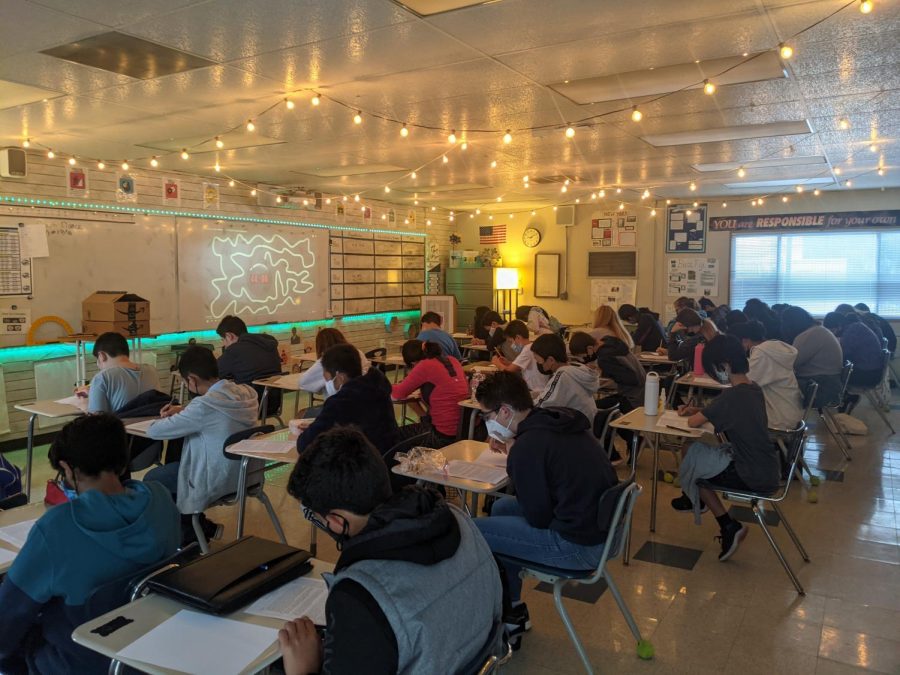

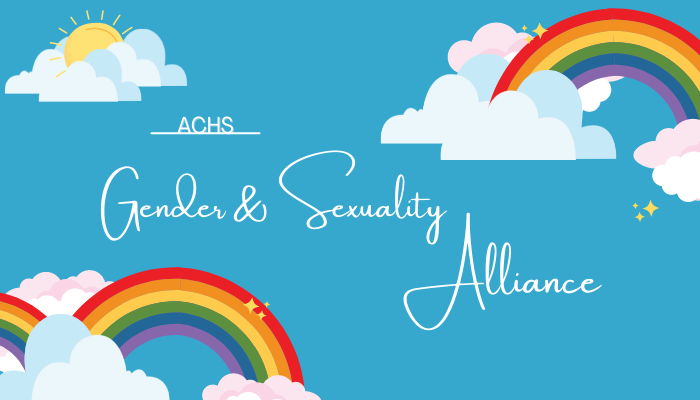
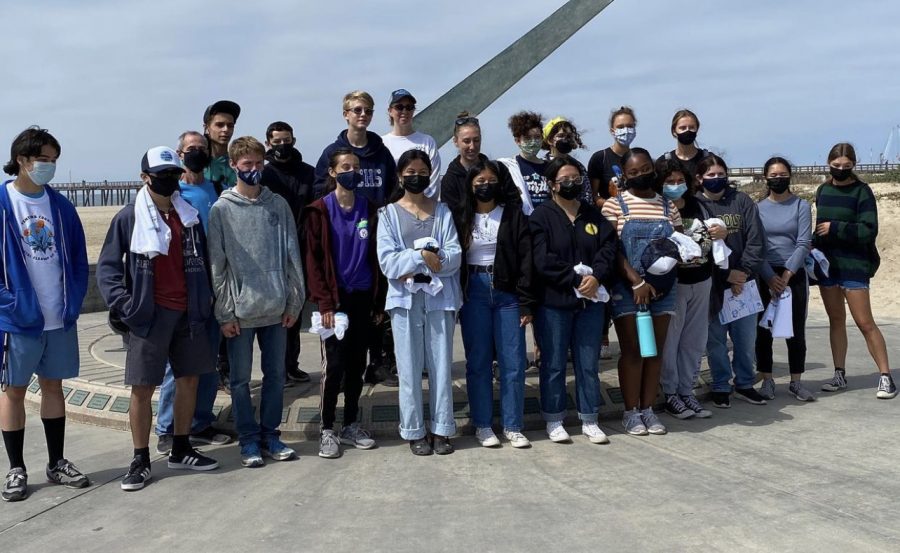

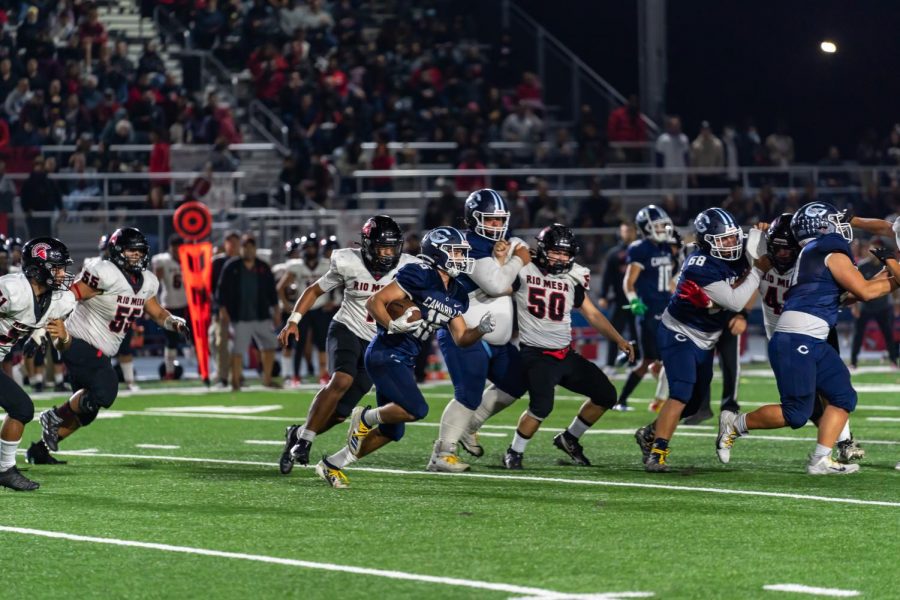

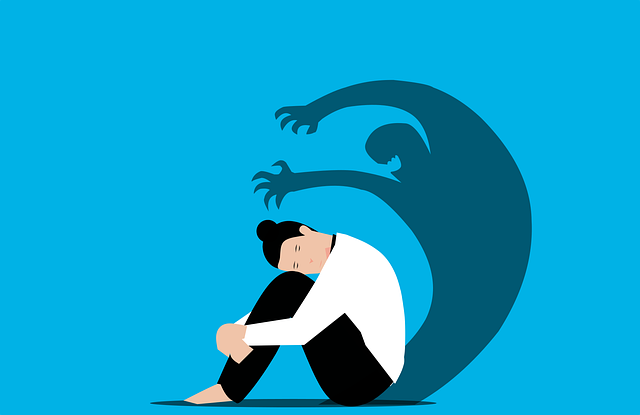









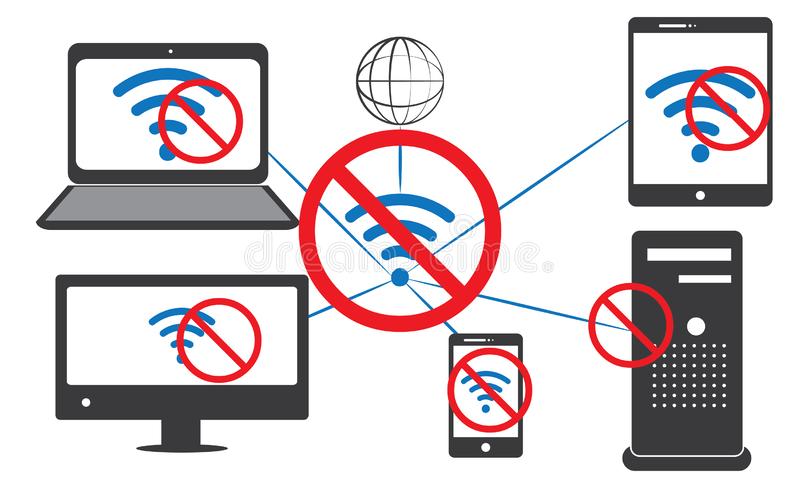
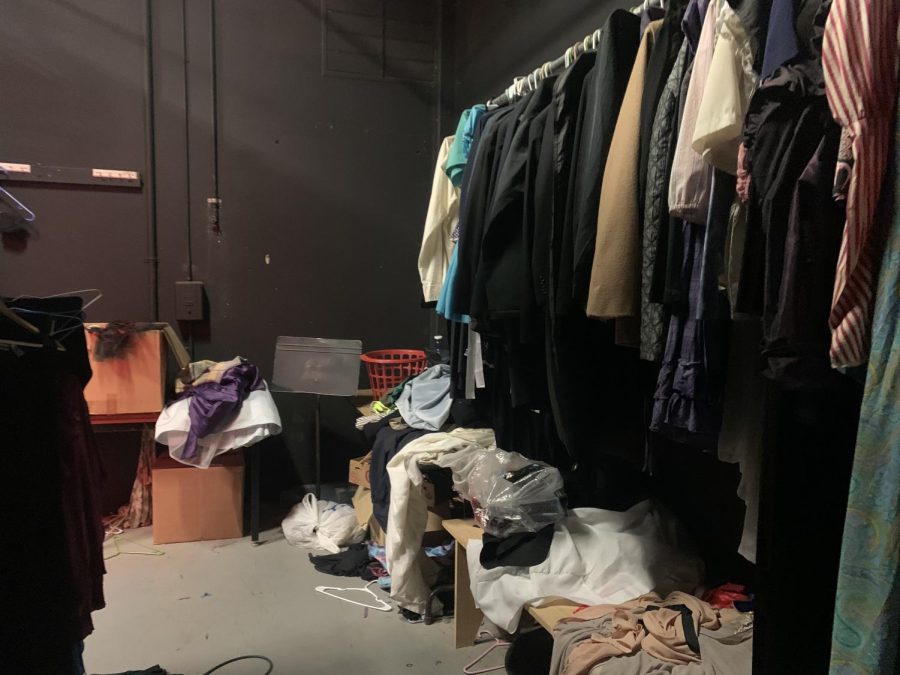



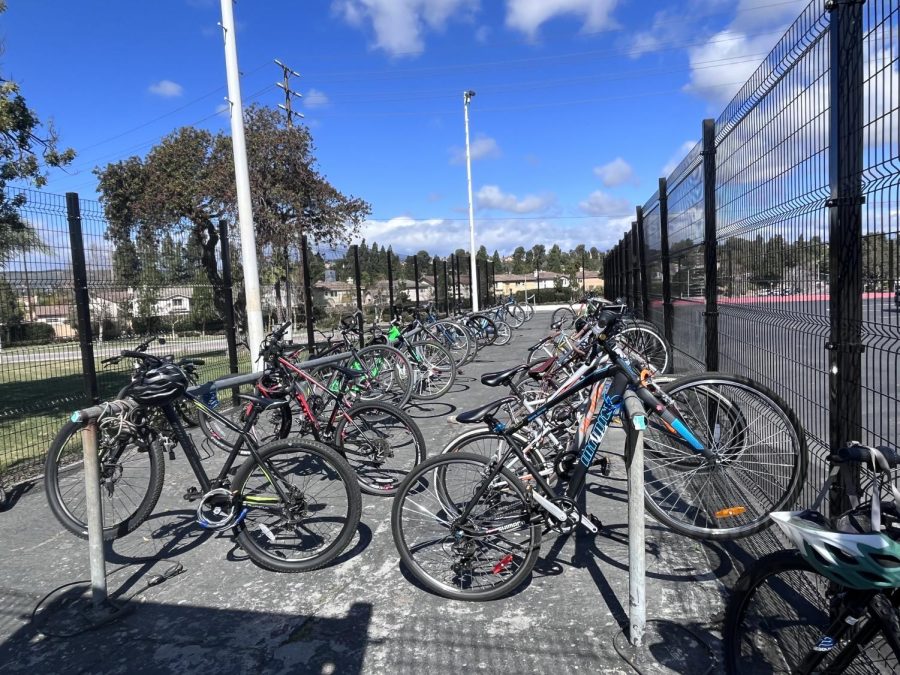

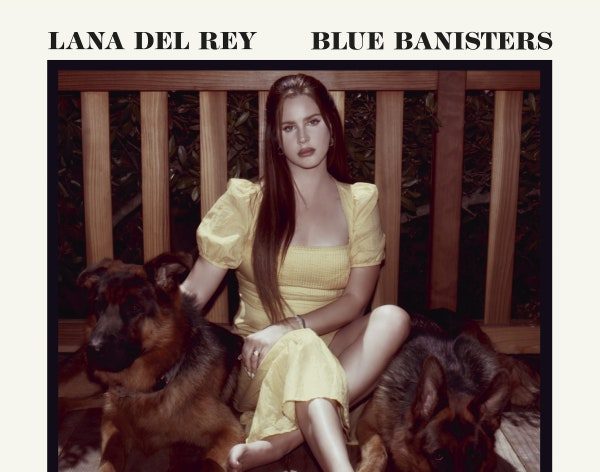

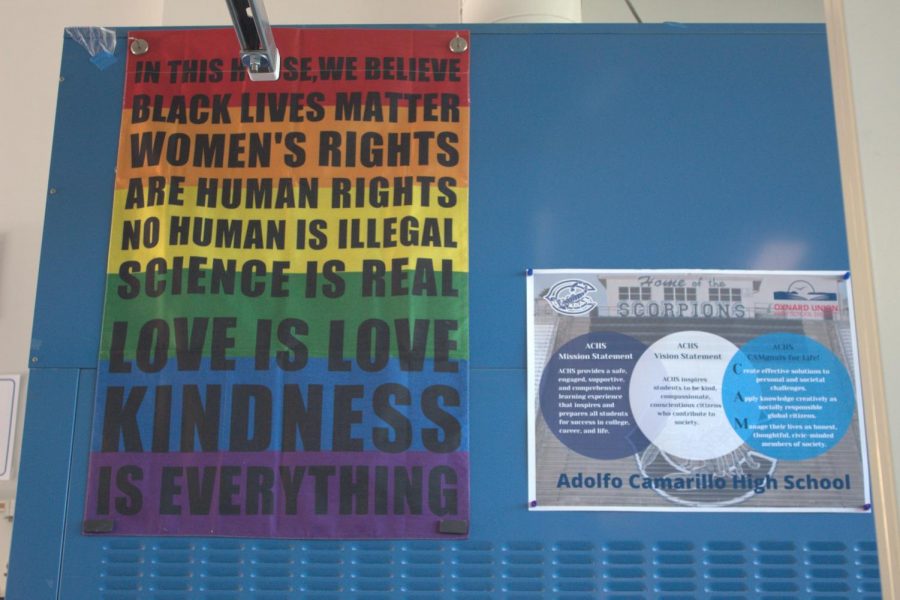
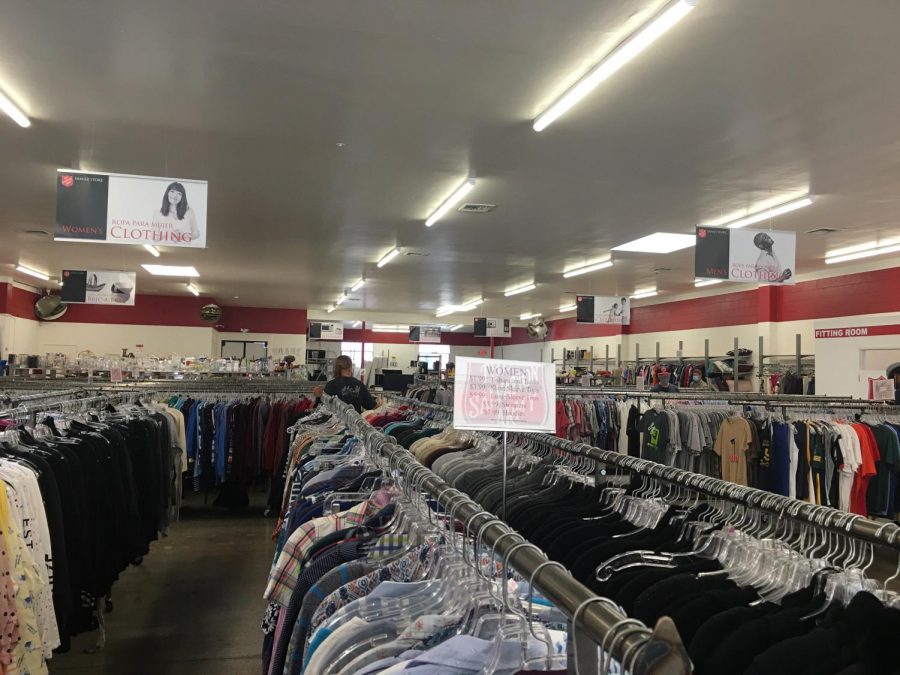
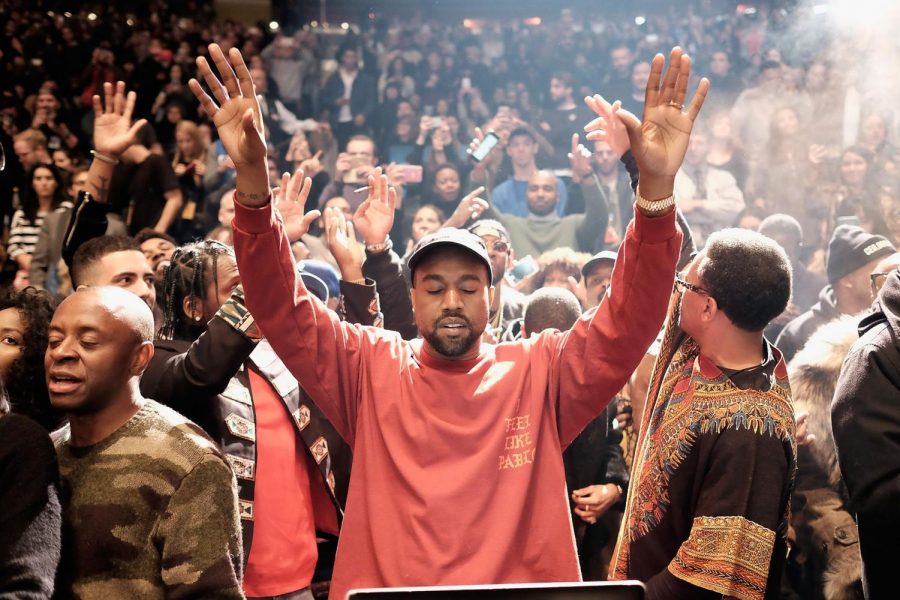


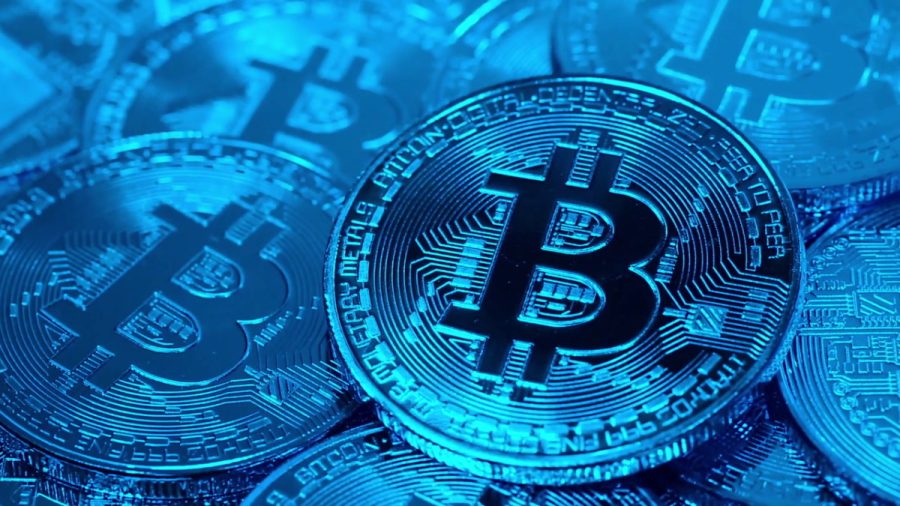
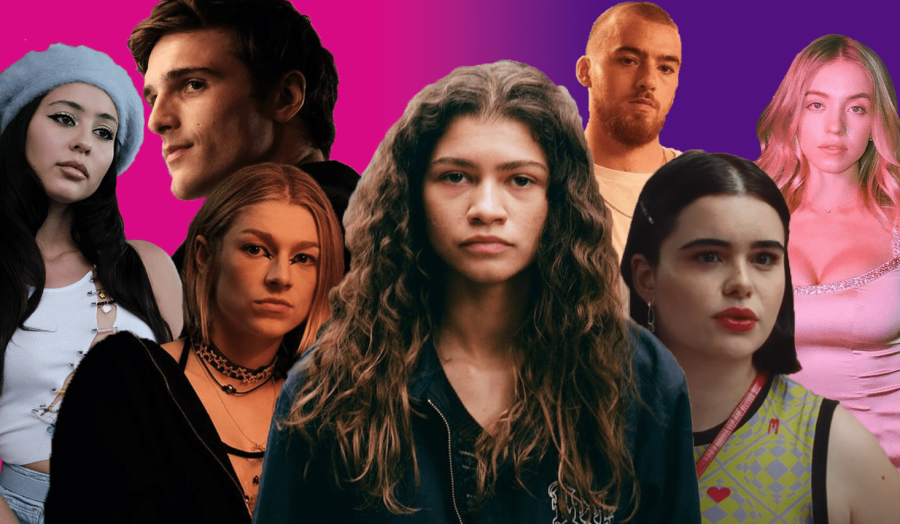


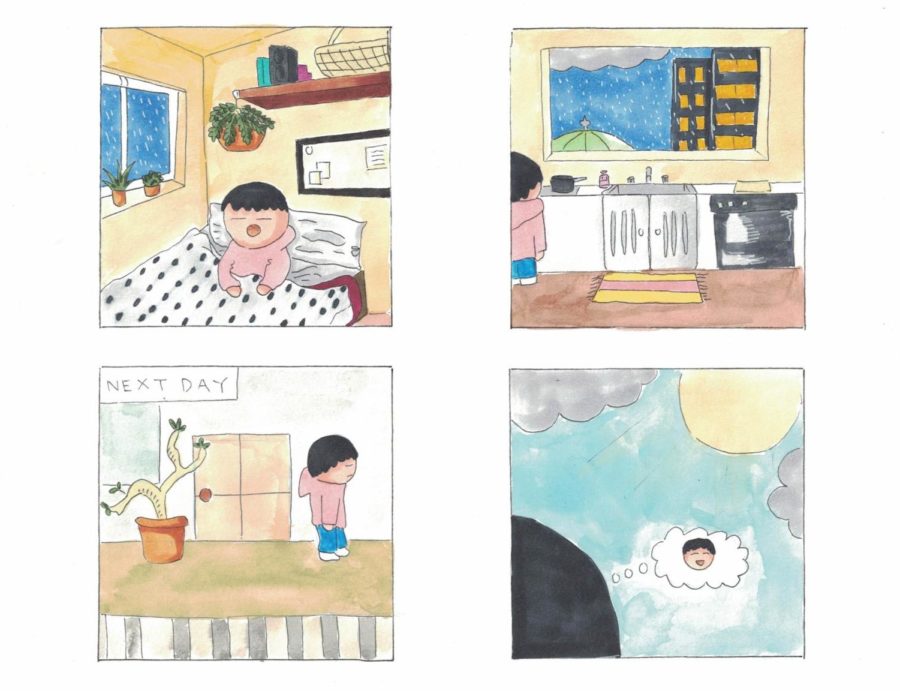
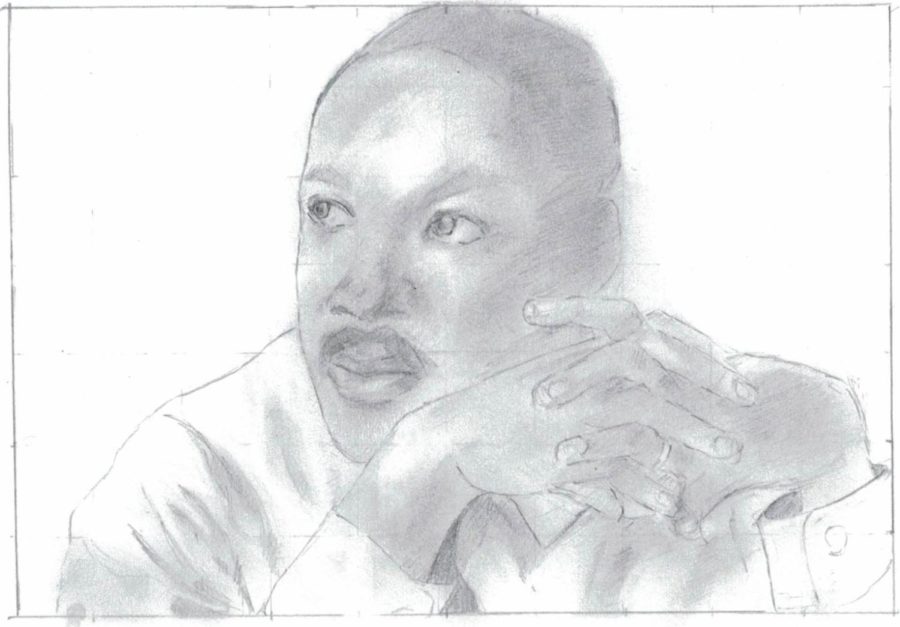
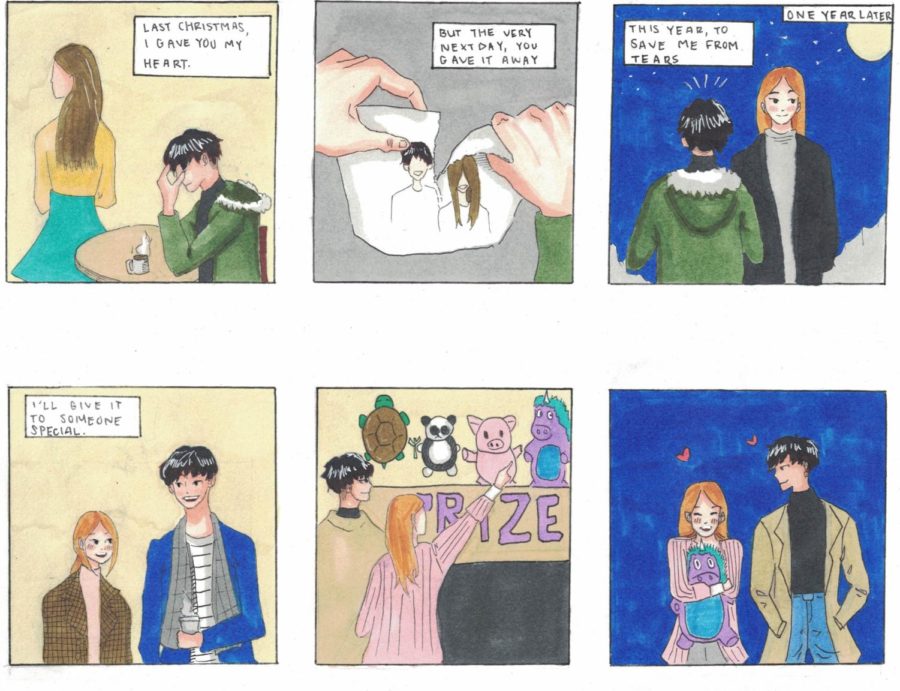
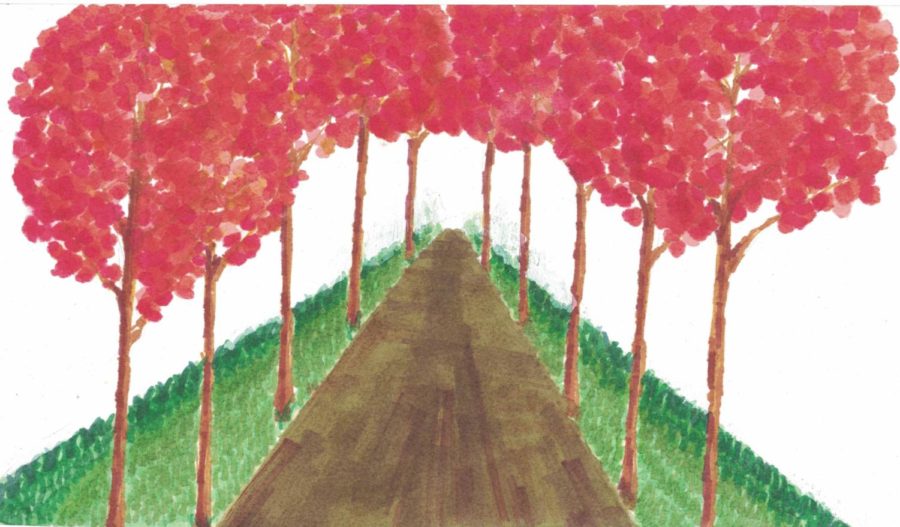
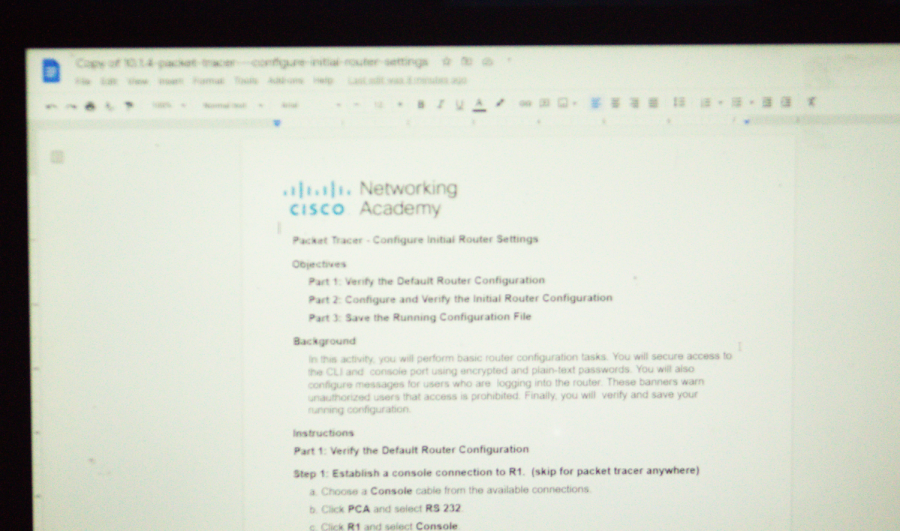

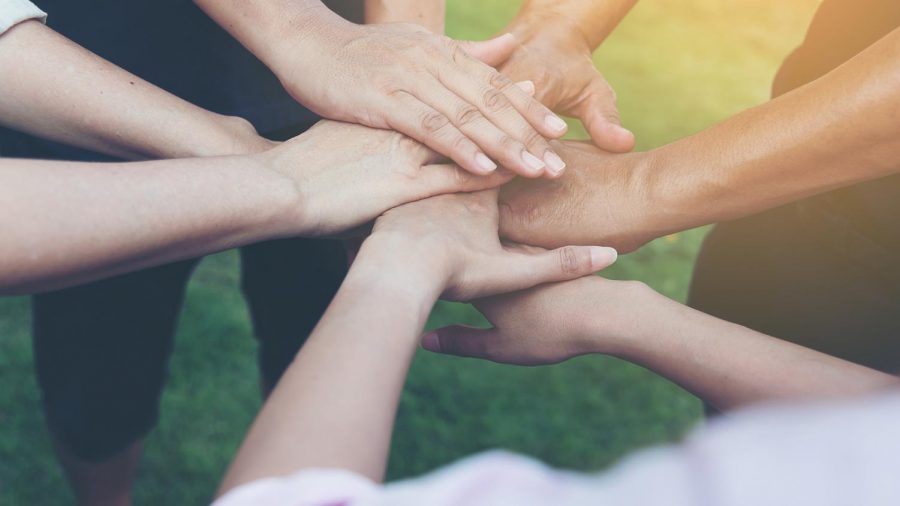

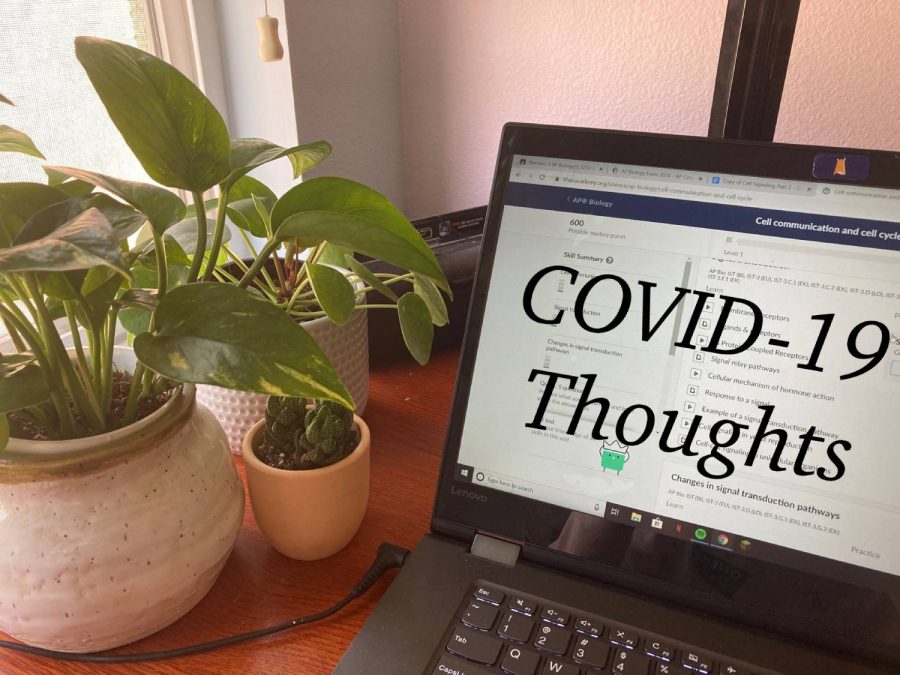
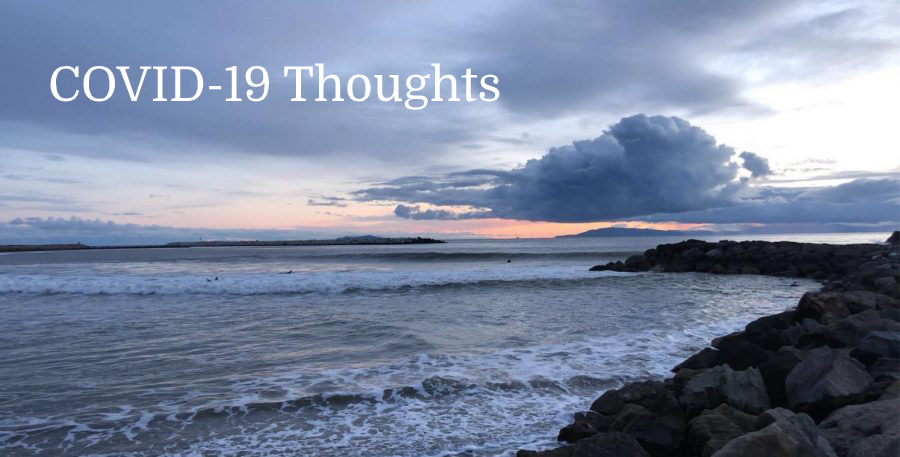
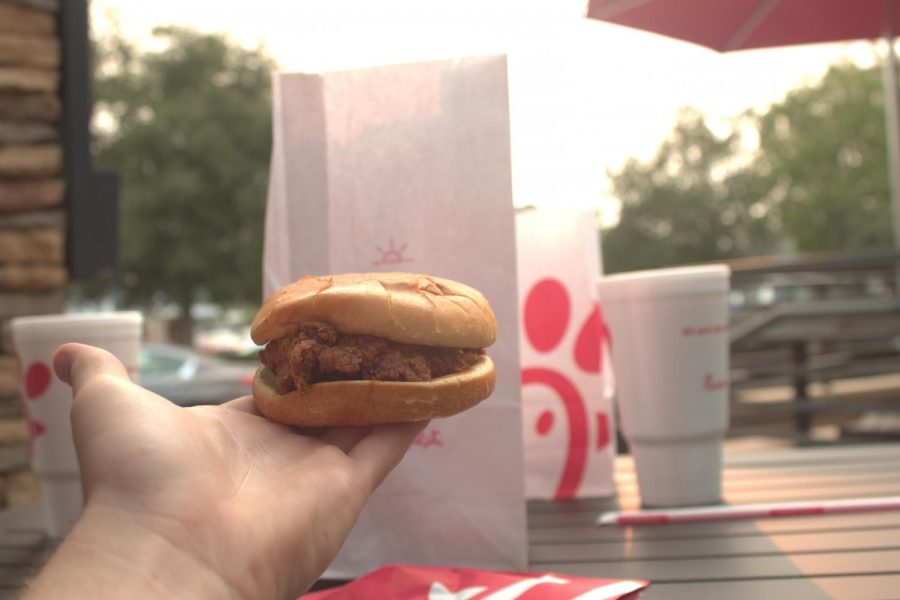
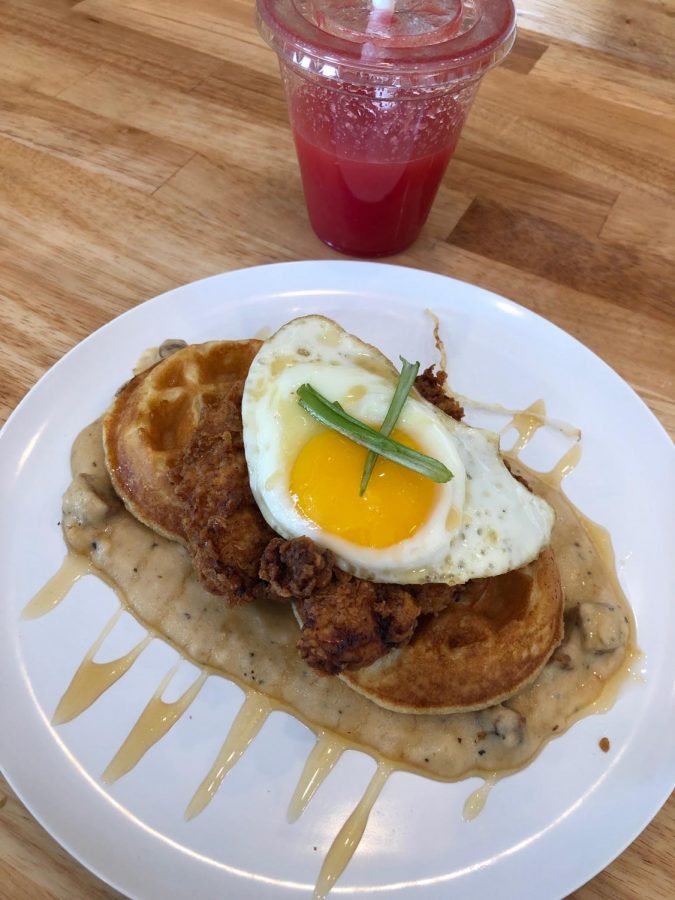

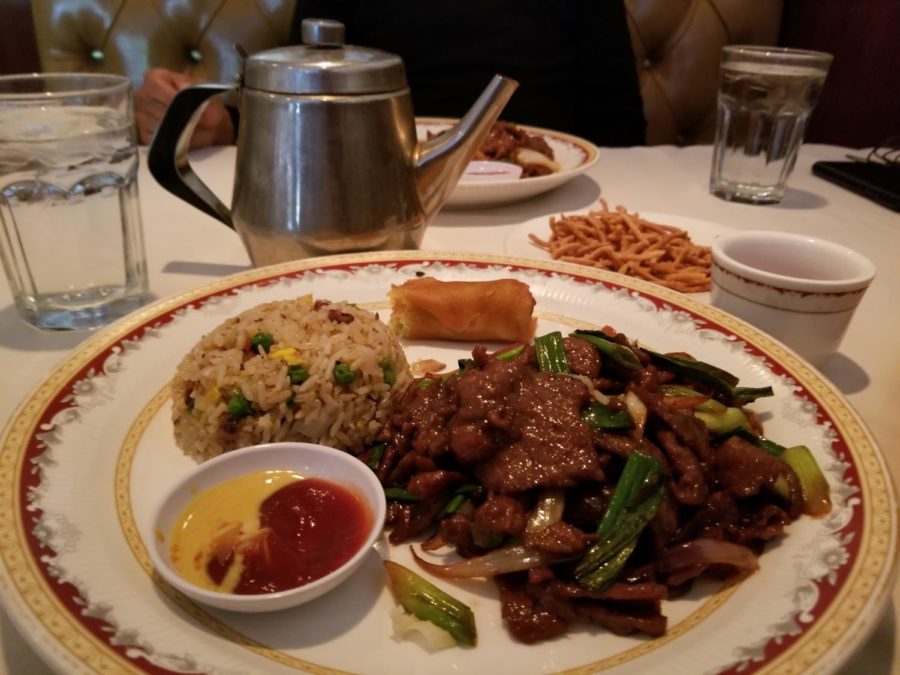

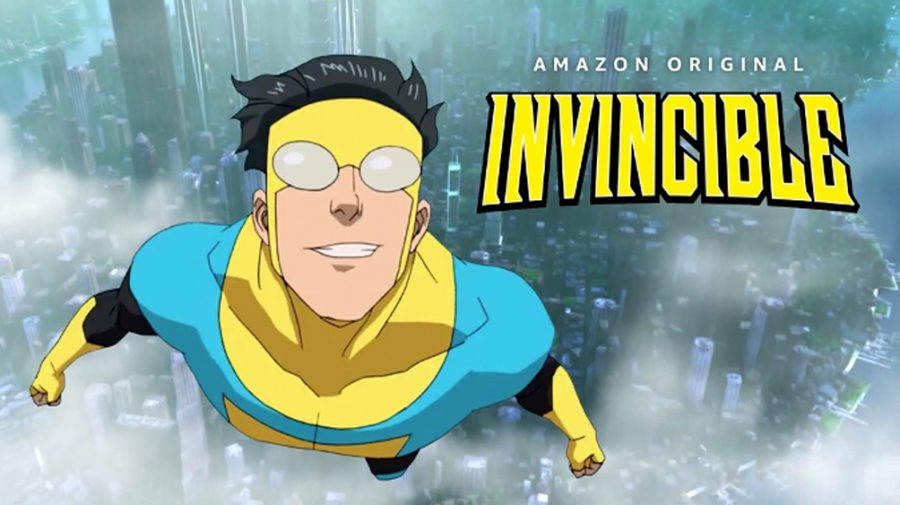

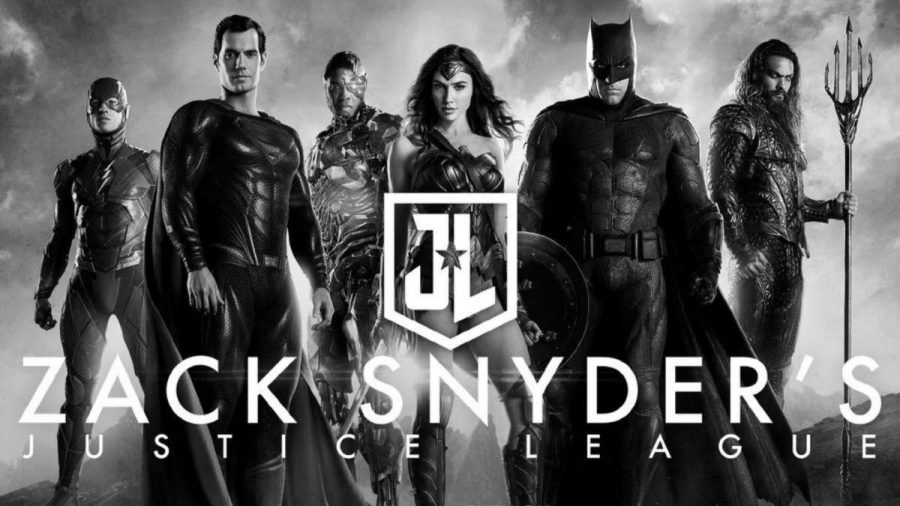


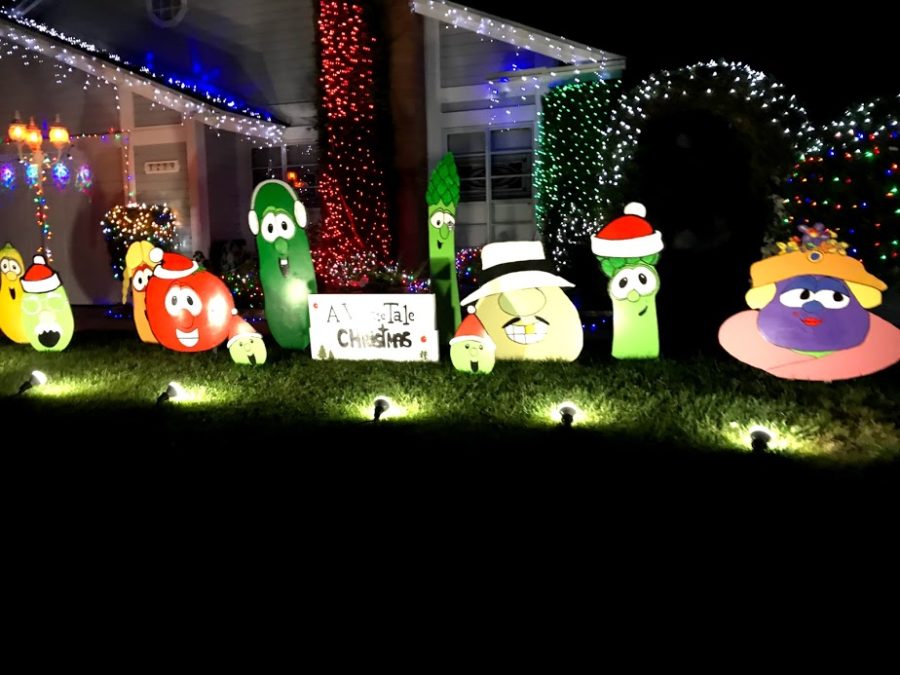

![Senior Ditch Day... Relaxation or Truancy? [Video]](https://achsstinger.com/wp-content/uploads/2017/10/IMG_7119-900x599.jpg)
![Heavy Rain Hits Cam High [video]](https://achsstinger.com/wp-content/uploads/2017/02/maxresdefault-900x506.jpg)
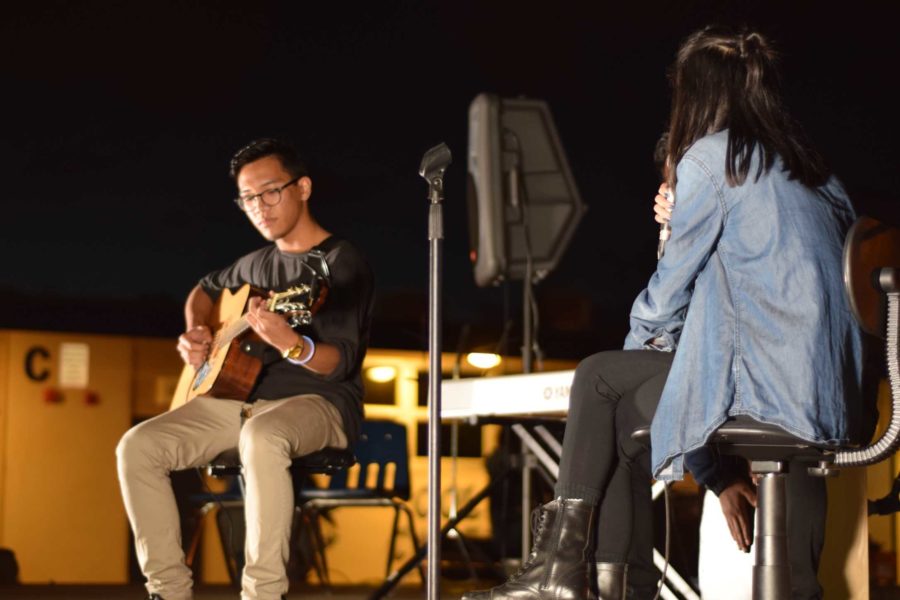



Alex Pondé de Rocha • Mar 6, 2020 at 11:20 am
Interesting
Amy Shim • Jun 25, 2018 at 12:48 am
Love this piece and the discussion it prompted. What a beautiful manifestation of our education system getting it right: a student uses her first amendment rights to publicly put forth a controversial opinion, two social science teachers thoughtfully and respectfully disagree in the comments section, as well as two student alumni who offer us their two cents. Great journalism & great response from the community. I hope to see more like this.
Dylan Reese • Jun 22, 2018 at 2:01 am
When I read ‘reverse racism’, what pops up in my mind almost immediately are the connotations of social justice associated with the term, which implies that racism is a device used to leverage the privilege existent between two conflicting classes. Personally, I do not believe that that particular cause warrants the utilization of racism under any circumstances regardless of whether it is aimed at a racial majority or minority, but rather that what is moral should be done on one’s honor. I know that’s kind of a stretch in these times, but how can someone even think that we as a society can achieve worldwide peace if each one of us thinks they are entitled to their own solution?
Matthew Doyle • Jun 11, 2018 at 9:18 am
I think what Mr. Groves meant by a colorblind society (please correct me if I’m wrong Mr. Groves) is one in which we treat each person individually, regardless of race. MLK said that he had a dream that his children would be judged by their character. He didn’t say that he had a dream that his children would be judged by which group they belonged to and how much suffering their group had to endure politically and historically. There’s a difference there that is lost on proponents of identity politics and group thinking that is prevalent today.
Srividya Maganti • Jun 5, 2018 at 8:37 pm
Living in a color-blind society would not only be detrimental and impractical, it actively chooses to overlook the hardships and suffering minorities have faced in the past. Let me explain this with an example. I think we can agree that Black Americans have probably undergone the greatest suffering out of any racial group in the United States. Slavery, and bigotry (even following the Civil War and desegregation) have caused black Americans to be in a place of disadvantage. No, they are not born with a “clean slate.” There is significant, almost irrefutable, evidence of a racial wealth gap in 21st century America. Black families are disproportionally poorer than white families (and even other minority families), all other factors being equal. Clearly, this is because they are not born with generations of wealth that many white Americans, for example, have behind them. And to add onto that, a whole slew of social barriers based upon racial prejudice play a great role to stymie the success of black Americans. By choosing to be blind to the race of a minority, one is discarding the generations of pain and suffering that has placed them in a less privileged state in American society. So of course, it is incredible when our nation witnesses “first black woman running for governor,” or “the first black president of the United States.” To be clear, I am arguing such achievements are of greater significance than that of a white counterpart due to the disadvantage caused by their race in a country built upon racism and such individuals’ achievements despite that.
This is an incredibly well-written article. I would also be interested in exploring de facto social segregation in high schools.
[Pasta] • Jun 1, 2018 at 4:22 pm
As a full Filipino, I came to America from the Philippines and thankfully, I haven’t experienced a serious act of racism towards me. However, during my time living in “The Land of the Free”, I can’t help but to be disgusted to how some people judge and act around others based on the color of their skin. As you said racism is defined as “prejudice, discrimination, or antagonism directed against someone of a different race based on the belief that one’s own race is superior”. So why is reverse racism defined differently? For example, when a white person is a target of racism, you don’t call it as an act of reverse racism, but just racism in general. Therefore, reverse racism is just as you have said, “a Myth, a Lie, and an Excuse”, showing that those who are saying that reverse racism is real are just looking for a reason and an excuse to become the targets toward the people they have been oppressing.
Thank you for addressing an issue that I know is a very controversial topic here. For high school students who are trying to advocate these types of topics that I know must be difficult to talk about at a young age, I have high hopes that with someone like you with a future as an advocate for the world making changes around for the better.
Joel Groves • Jun 1, 2018 at 10:45 am
I agree that this is well written and tackles a tough subject. However, If racism is defined as ” prejudice, discrimination, or antagonism directed against someone of a different race based on the belief that one’s own race is superior,” then it is true that reverse racism does not exist. Racism is racism, regardless to whom it is directed. There are many people, whites included, who are targets of this terrible, heartless, ignorant way of thinking. I have heard in the past from a radio talk show host that there are only two races of people: The decent and the indecent.
Until we as a society can truly become colorblind, racism will exist. Unfortunately what happens is we single out minorities and genders even for great accomplishments by saying, “the first woman to…” or “the first Hispanic male to…”.
I’m no saint, but I try to live my life so as not to judge others. I’ve learned much simply through living. My parents were flat-out bigots, and I have done all I can to not pass that on to my daughter or to allow that to infiltrate my thinking.
Peace.
Edward • May 31, 2018 at 11:28 am
I agree with Miss Resnik on the part where she said that you were “brave to tackle this difficult subject matter.” I also agree with how it is thoughtfully & well written, with your experience in the matter, making it more credible and just overall, more you in it!
A lot of people are quite naive to the pressing issues found in society today, such as racism. Personally, I find it quite astounding how reverse racism even came to be and how so many people find it to be a real matter. An article like this is the first step to spreading awareness in Camarillo High, regarding issues like the rising force of reverse racism.
You are a rising advocate of change in social matters like this, and I can see you in the future as a successful advocate for change.
Again, well written! Great job! ?
Heidi Resnik • May 31, 2018 at 9:30 am
Thank you, Marcella, for this thoughtful Op Ed. You are brave to tackle this difficult subject matter. I thought your last paragraph was beautiful and insightful, especially the point about people deciding for you who you are, and the accurate assessment that racism, discrimination, and white privilege exists as an integral part of our society’s fabric and psyche.
Well done. I know you will be a fine leader for The Stinger. In an age where journalists are bearing difficult criticism and barraged by accusations of being “fake,” you and your staff must take courage, carry on, and defend the First Amendment by publishing truth. Well done.
Respectfully,
Miss Resnik